It’s that time of year where fashion and beauty brands likely see an uptick in activity as some of the most influential names in China’s fashion KOL scene descend on Shanghai to bring the runway shows and some of the most anticipated street style looks to their online followers. But Shanghai Fashion Week, perhaps, more importantly, is a key opportunity for brands to reflect on fashion KOL marketing insights, and this season’s event played host to two key forums for exploration: the Business of Fashion China Summit and FINS2018, the first Fashion KOL and New Media Summit.
At Shanghai Fashion Week, fashion KOLs and bloggers, including the likes of Anny Fan of Style on Top, Gogoboi, and Mr. Bags, discussed the new generation of KOLs, the impact of new media, and the future of content creation. While luxury fashion brand executives were among the main audiences, the following takeaways are useful for almost any brand looking to maintain successful KOL collaborations in China.
5 Fashion KOL Marketing Insights
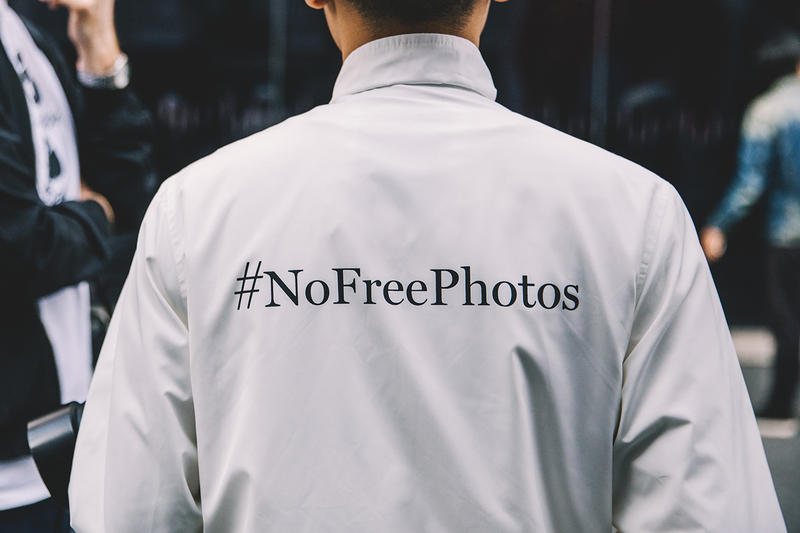
KOLs’ audiences want more than products
In the U.S., brands like Nike and H&M have made values-based marketing a priority in recent months, but will these social values and CSR messages translate to audiences in China? Jennifer Sey, Chief Marketing Officer of Global Brands at Levi Strauss & Co., and blogger Anny Fan of Style on Top told Business of Fashion Asia Correspondent and moderator Casey Hall they’re certain they will.
“I think consumers are going to demand it,” Sey said. “They want to know where you stand and they want to know you stand for more than that thing that you make because they can buy that thing you make from someone else.”
Sey said that when they work with KOLs, they’re always looking for ones who communicate to their fans in an authentic voice. This “authentic voice” has become a bigger focus for Fan, who worked with Levi’s on a KOL campaign that demonstrated their new sustainable take on denim customisation. When asked if, after eight years of blogging, she feels like it’s time to talk about a brand’s social values with her audience, Fan responded that it’s her mission to be a role model in her consumption and style choices.
“People know me through my pictures and my content and sometimes they think it’s very superficial because my life seems very glamorous,” Fan explained. “But they’re not just looking for “style of the day” photos and events. … They’re really interested in the big issues, not just fashion, and I feel like I have this responsibility to deliver it to them.”
The first fashion KOL marketing insight:
Brands must think of ways to work on KOL content that speaks to their fans beyond simply how a product works or how it’s designed, but where its sourced, and what their social message is.
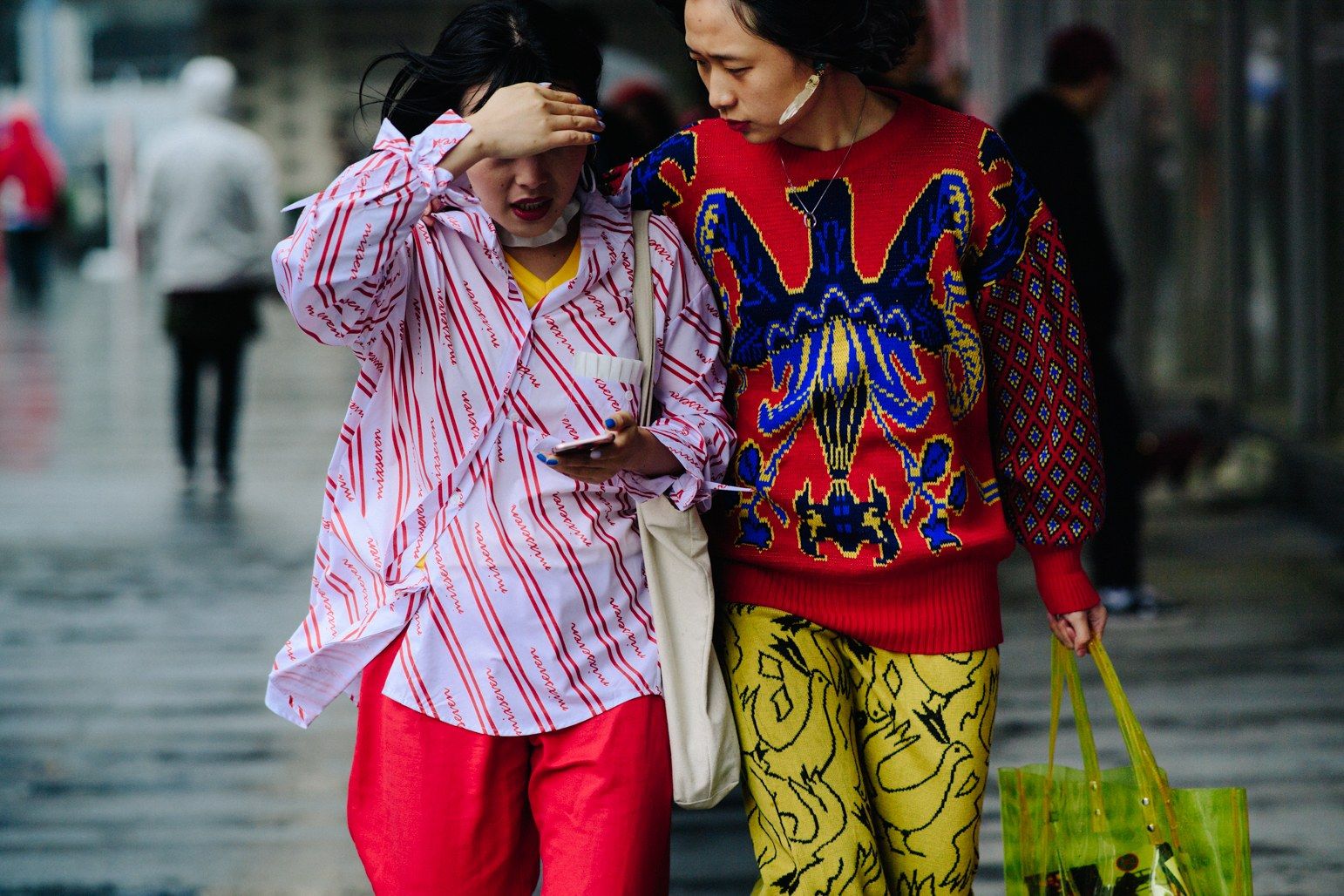
In a multi-platform world, WeChat is still king
While the explosion of various social media platforms are changing the way consumers absorb fashion content and how a fashion KOL distributes it, WeChat is still a powerful tool. At Shanghai Fashion Week’s FINS2019, big data analyst Newrank and e-commerce service platform Look released a ranking of the top 50 Chinese fashion accounts with commercial influence, and WeChat accounts ruled the list, likely because it offers followers comprehensive access to their favourite bloggers—WeChat’s intuitive interface accommodates e-commerce, fully customisable Mini Programs, in addition to video, H5, text and more.
Still, in an increasingly competitive world for KOLs, differentiating content among multiple platforms to reach new audiences is becoming a crucial strategy for staying on top. Additionally, a new generation of KOLs is increasingly focused on creating content that defines them as a brand or personality—Coco, a 21-year-old beauty blogger explained in her FINS2019 presentation that she is less focused on quantity of posts, but rather “regarding her business as an indispensable experience in life.” To do this, she takes advantage of the format of social media platform Xiaohongshu to do lighter content more often.
The second fashion KOL marketing insight:
Brands should remember that many KOLs are operating across platforms and they can work with them to create content that can be recycled and re-purposed. This strategy can not only help brands reach new audiences, but also help save money. Read more on how and why to do this here.
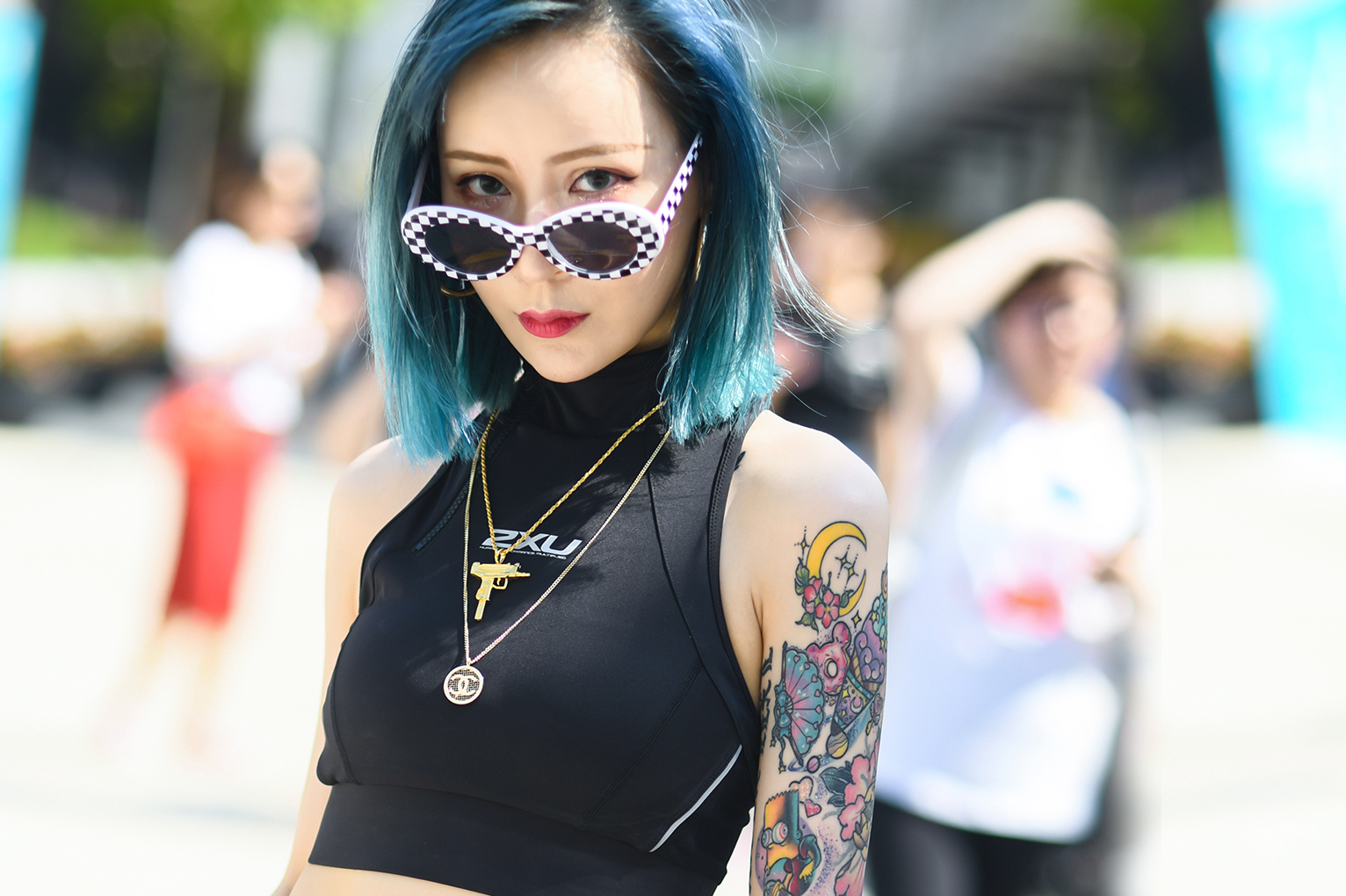
KOLs make “a good complement” to traditional celebrities
Bulgari is known for its two celebrity brand ambassadors in China, Kris Wu, and Shu Qi, but for a brand partnership that’s just half of the picture, according to Joyce Weng, Bulgari Greater China Brand Communications Director who spoke at the Business of Fashion China Summit during Shanghai Fashion Week. “For me, KOLs really provide that second tier of the storytelling to reinforce why a product is made like this, partnership-wise, design-wise, and so on. … They’re a really good complement to the traditional celebrities we’re working with.”
L’Atelier Asia Pacific Chief Strategy Officer Lyndon Morant added that with celebrities, consumers are influenced by the work they have done, but with KOLs it’s more “rational and more tangible.”
The third fashion KOL marketing insight:
Elijah Whaley, chief marketing officer of PARKLU says that when a brand is trying to determine whether a KOL is a good fit for their marketing campaign in an industry where celebrities do have major pull on social media, it’s important to remember whether they’re looking for someone who is authentic and has expertise in the brand category.
“What does a singer know about what is the best foundation?” Whaley says. “Chinese consumers trust celebrities because they would not likely risk their reputation, but they’re definitely not experts and they don’t have the established channels.”
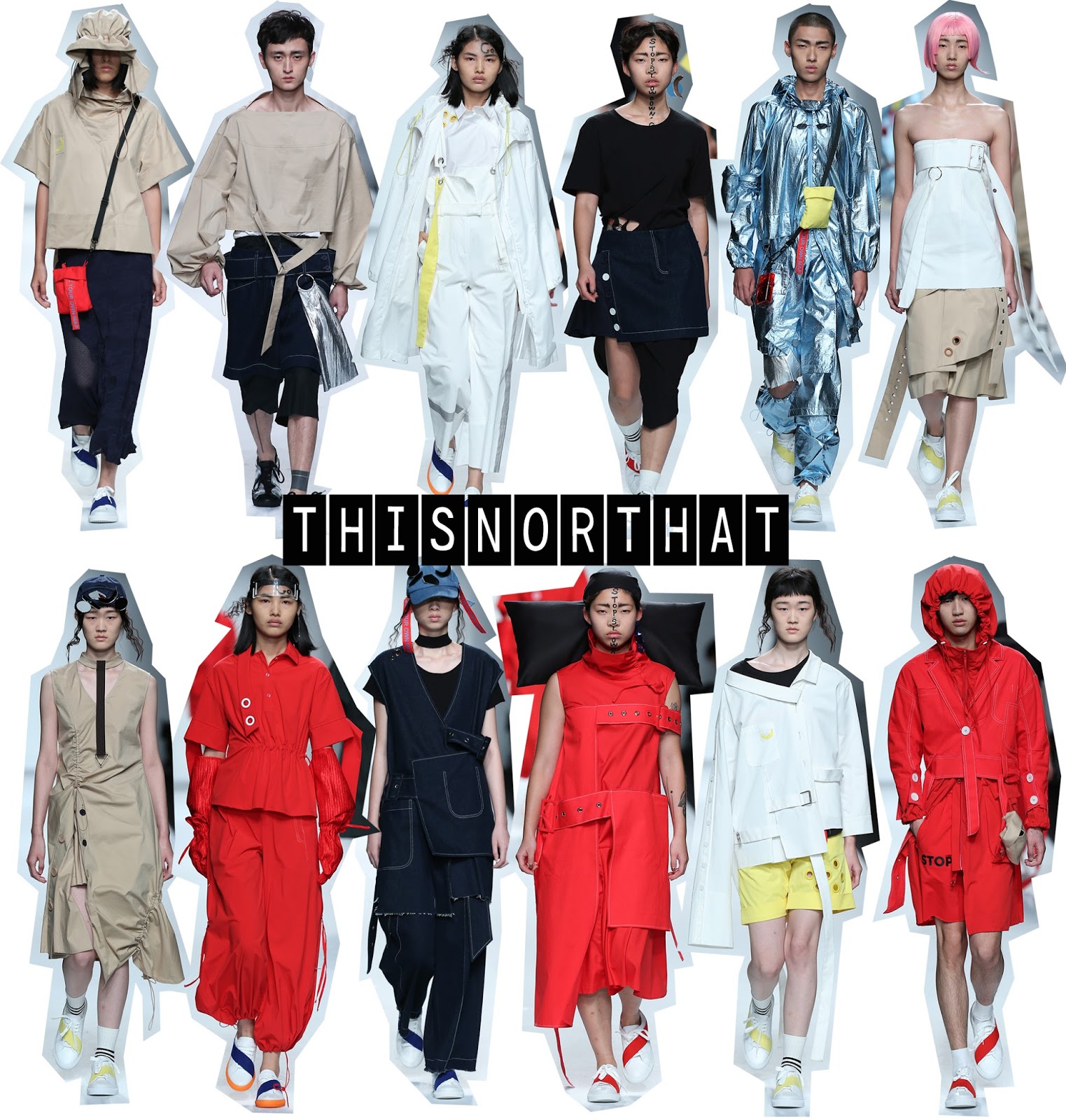
It’s all about the one percent
The follower number is no doubt appealing for brands—who can ignore the hundreds of thousands or even millions of potential eyes on a particular brand collaboration or product launch? But at FINS2019, the business director in charge of WeChat fashion blogger Becky Li’s account reminded audiences that on average, about 20 percent of KOL sales come from just 1 percent of their followers. This means that brands need to be in tune with exactly what it is that sways that 1 percent.
The fourth fashion KOL marketing insight:
There are many ways, besides observing the data, in which KOLs go above and beyond to cater to their most loyal followers, and brands can adopt similar practices to really understand their customers in China. One way of doing this is to engage with the comments—a tactic mastered by many of the more successful KOLs. More on how to do this here.
Experience is critical to a fashion KOL
Brands have heard it over and over again: China’s newest generation of consumers value experience, and creating these rich experiences should be a top objective in almost every consumer touchpoint, from digital marketing, to in-store design. KOLs themselves also have this in mind as they strive to cater to their attentive audiences and communicate their authenticity.
To do this, many of them are taking their brand messaging offline, through fan meetup events and activities. Gogoboi did this during Mid-Autumn Festival, letting a select few of his most deserving followers sample some of the mooncakes that were exclusively gifted to him by the luxury brands he works with, while Mr Bags often selects a number of his own fans to come experience brand events firsthand, as well as hosts special meetups in the Chinese cities with residents who have a high level of participation on his blog.
The fifth fashion KOL marketing insight:
Brands should remember that creating experiences for their KOLs is important, too, if they want to make a lasting impression and get the most of the relationship. When throwing a launch party for a product, for example, brands can create events that allow KOLs to really experience the product, as opposed to ones where a representative simply hosts a lecture.
“One of the most memorable events I’ve been to was a product launch party for a new car,” @Aaron小宇哥 told PARKLU. Besides being able to experience the car at the event, the brand also gave us the opportunity to borrow one and try it out at a later date.”
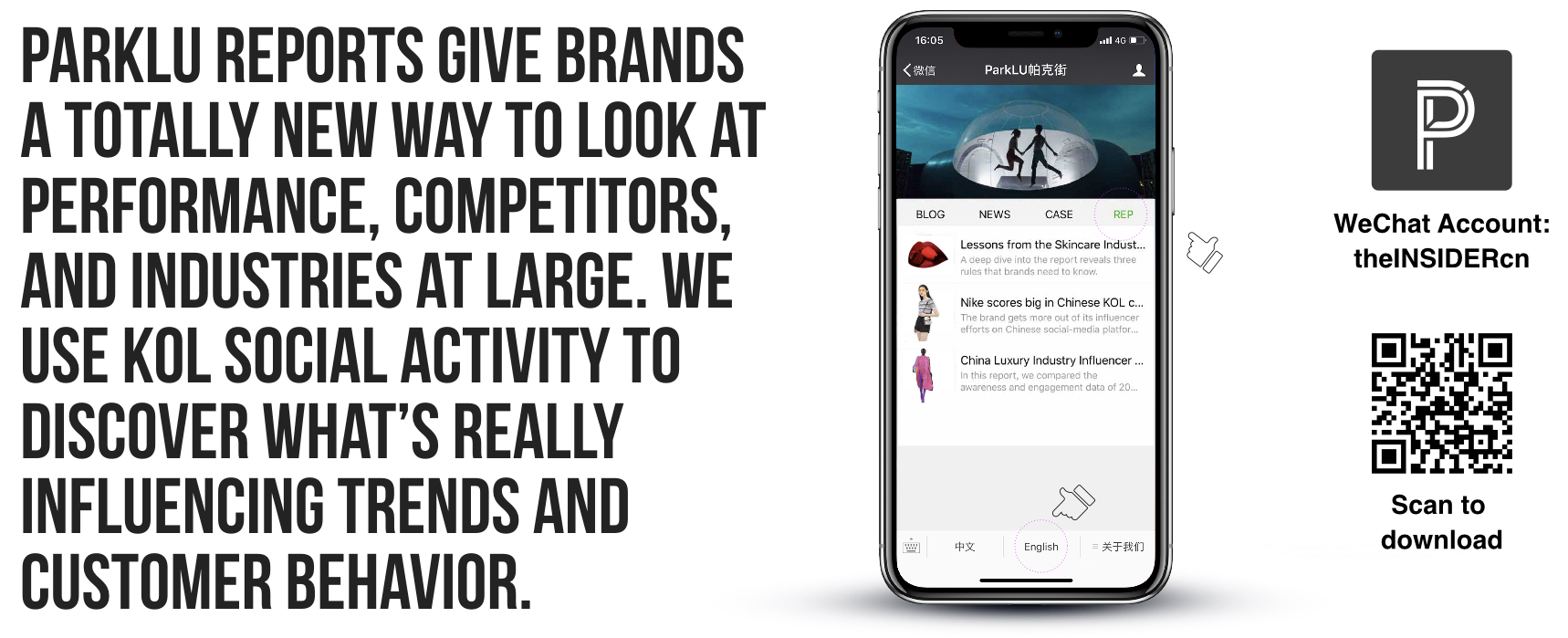
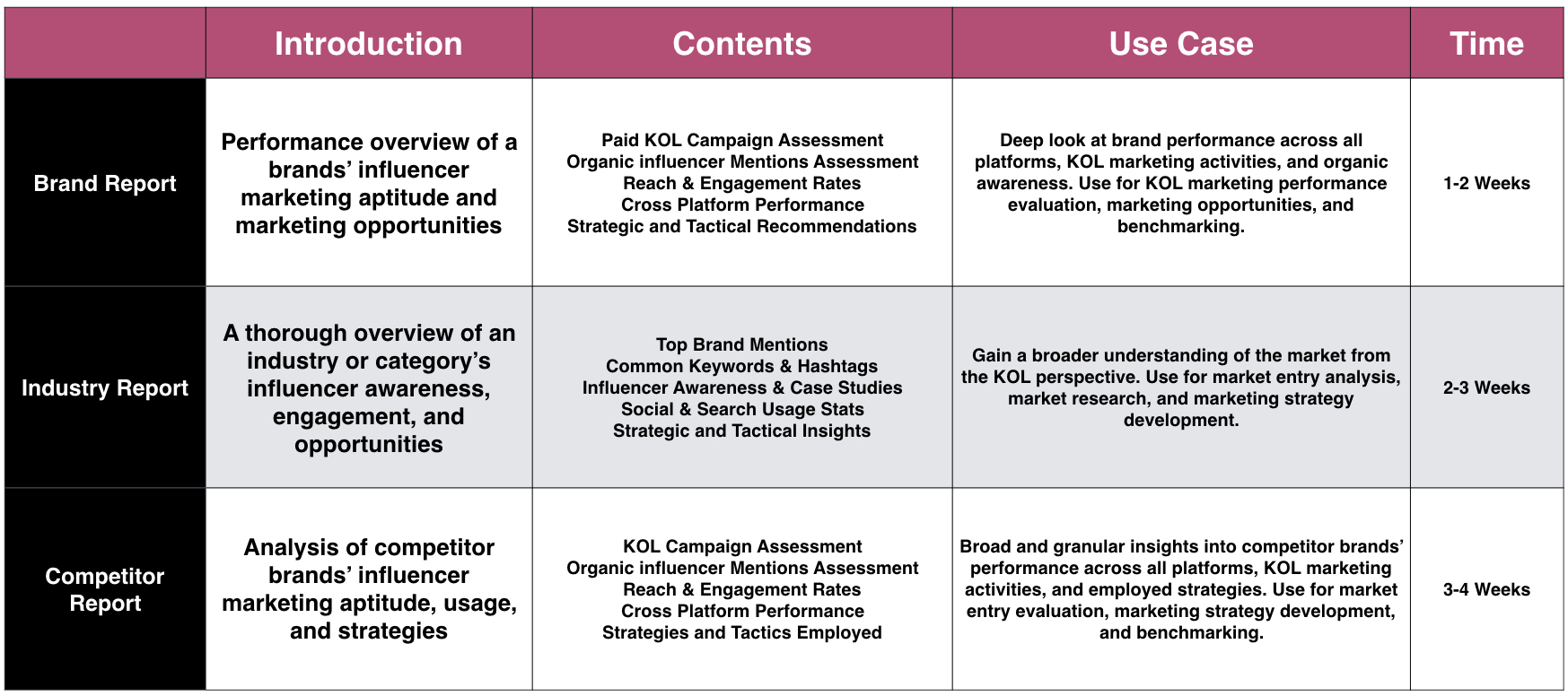

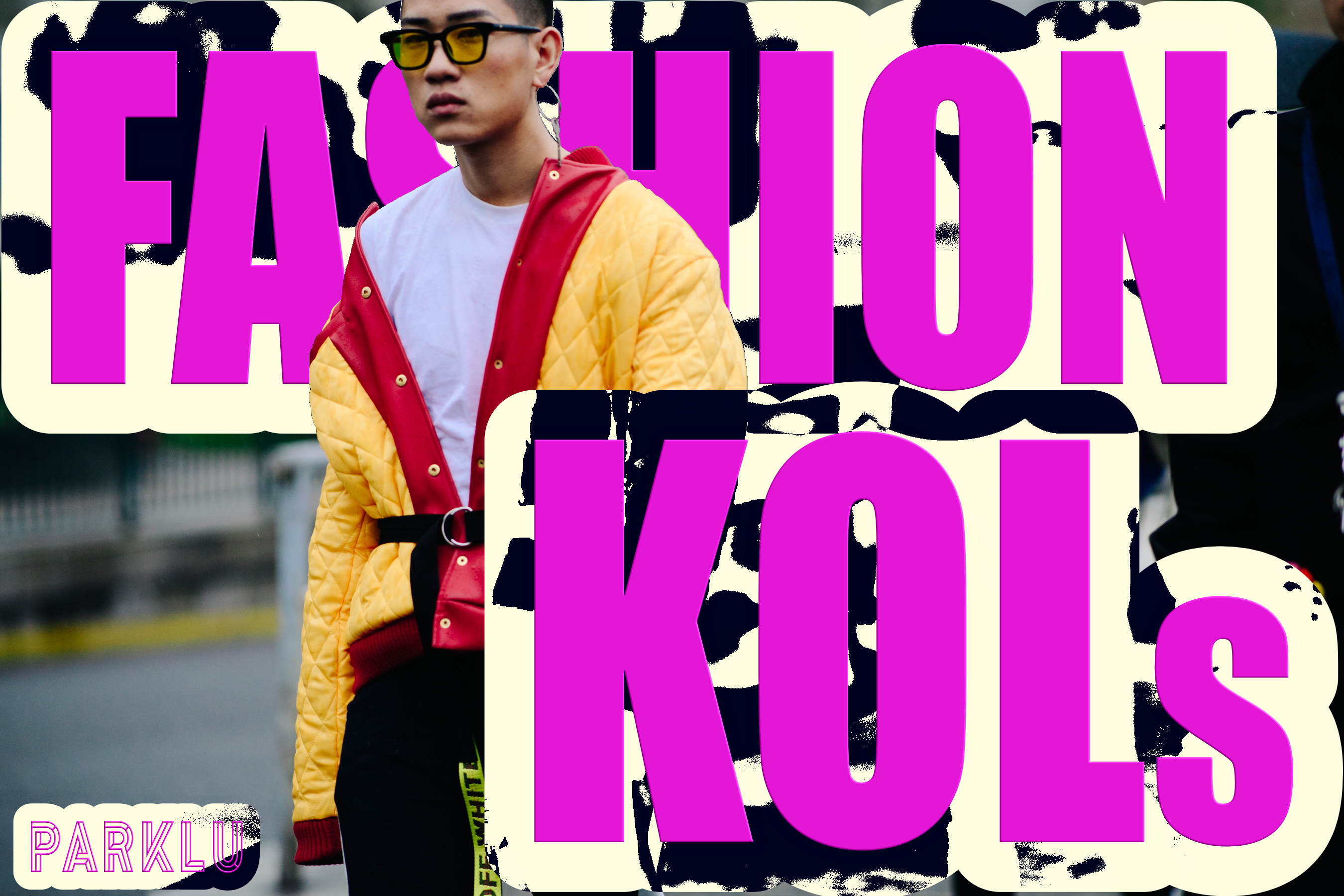
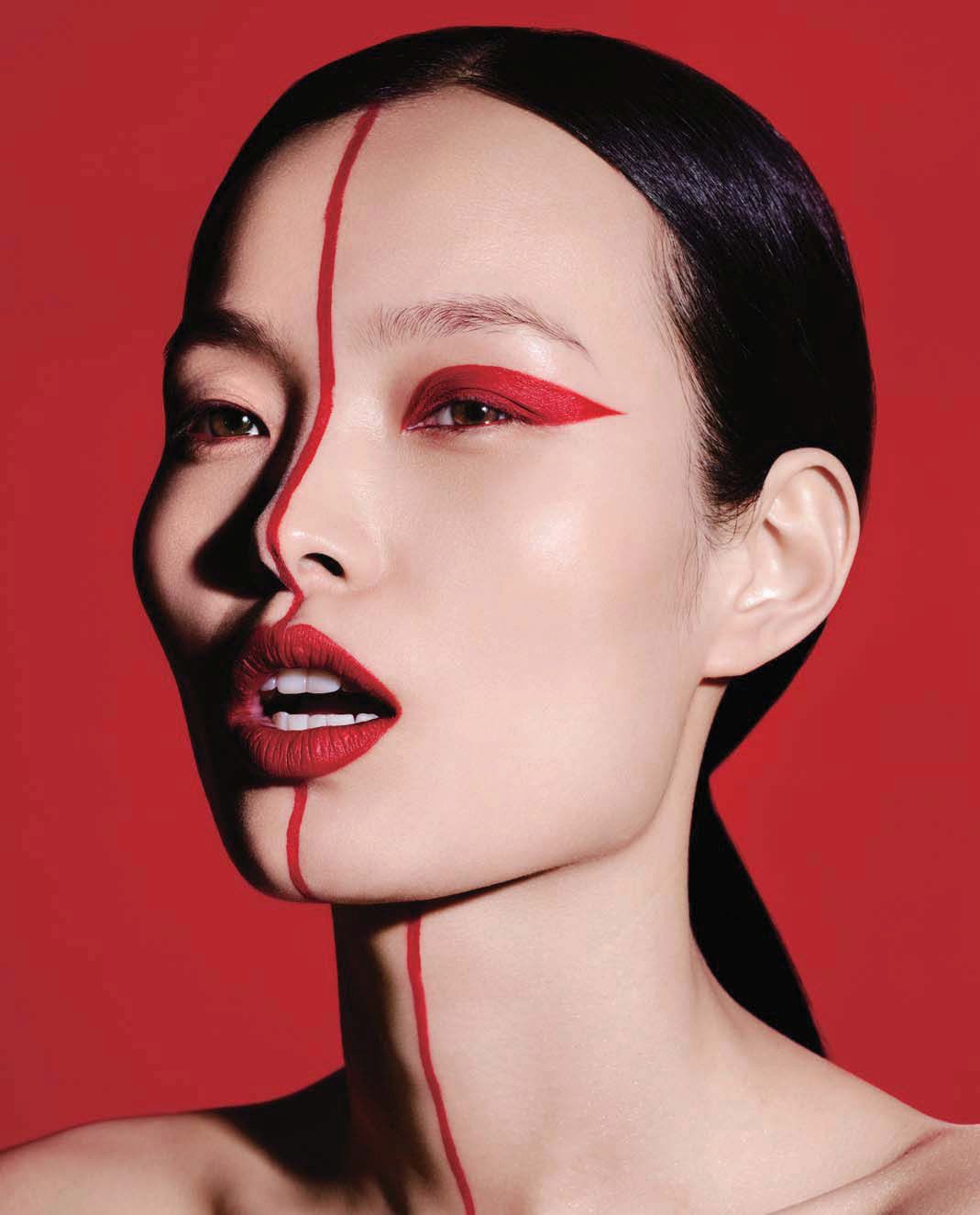
Leave A Comment